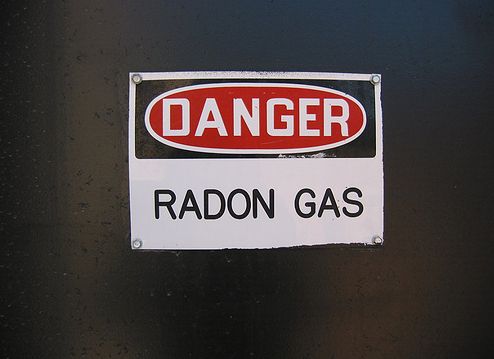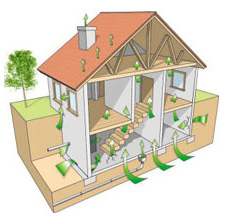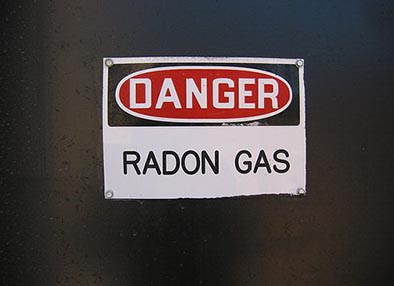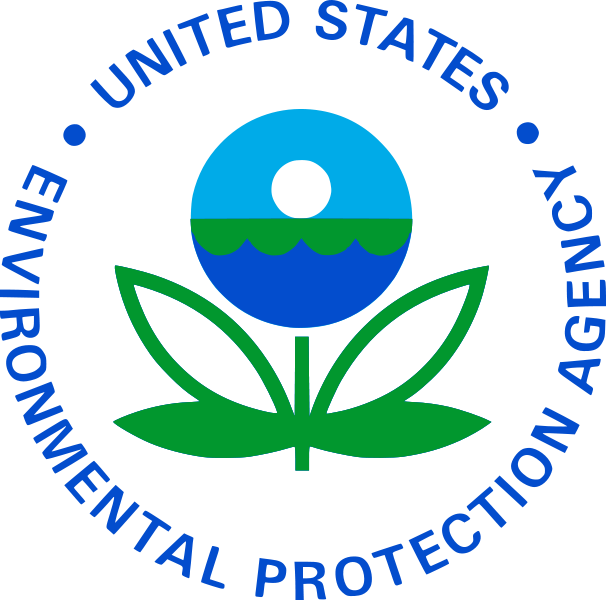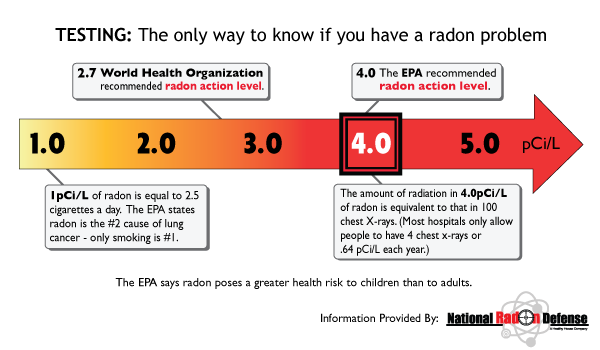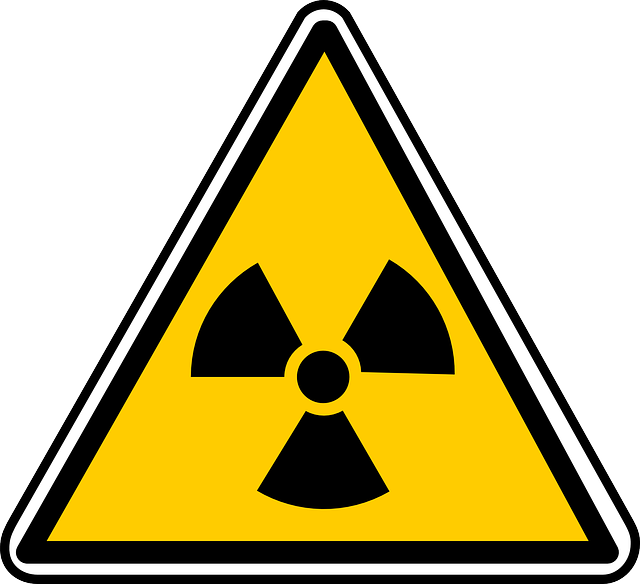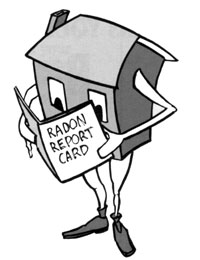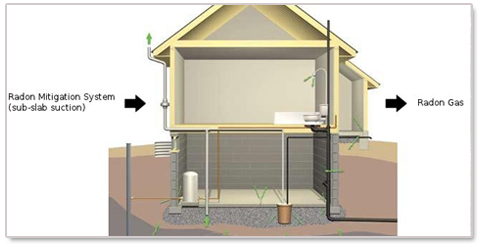Radon in Your Iowa Apartment
If you live in Iowa, you are probably aware that radon is a big problem for locals. This odorless and colorless gas is the second leading cause of lung cancer in the country and kills around four-hundred Iowans each year. That is why it is so important to test your living space for elevated radon levels. If you live in an apartment or are renting your home, it may have been tested for radon already. Check with the owner of the building to see if it has been tested. If the building has not been tested, you may want to request that the owner have it tested.
However, if the owner does not or will not test for radon, there are a few things you can do to test for radon yourself. You can invest in professional radon testing with the experts at AmeriServ Radon Mitigation of Iowa, or you can conduct a do-it-yourself radon test.
If you opt for a DIY radon test kit, here are a few things to keep in mind:
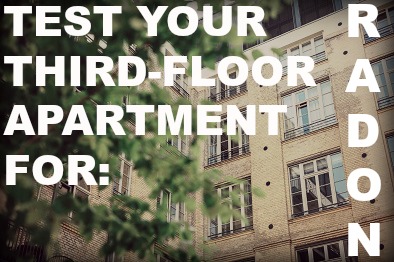 The EPA suggests all homes below the third floor be tested for radon. You can test your unit if you live above the third floor, but those below the third floor are at greater risk since radon enters through the ground.
The EPA suggests all homes below the third floor be tested for radon. You can test your unit if you live above the third floor, but those below the third floor are at greater risk since radon enters through the ground.- Be sure to place the radon test kit in the lowest portion of the home that is inhabited by you and your family on a regular basis.
- Keep all doors and windows closed whenever possible during the test for the most accurate results.
- Place the test somewhere where it will not be disturbed for at least 48 hours (or as long as is required by test instructions).
- Once complete, seal the test in the package once again and send it to the laboratory to obtain the results.
Once the test has been completed and you receive the results, you will know whether or not your home has high radon levels and can plan the next course of action.
What Can You Do About High Radon Levels as a Tenant?
If the test results determine that the building contains high radon levels, you should let the owner know in writing. You can give a copy of the test results to the business owner and talk about the best way to take care of the radon issue. You may also want to share the test results with any other tenants living in the building. This way, they can invest in radon tests for their own units or talk to the owner.
Most likely, the owner will be required to have more radon testing done by professionals to find out the severity of the problem. If these test results support the results of your own test, the owner will need to have the building mitigated. Talk to the building owner about getting the radon mitigated with professional mitigation services like those we offer here at AmeriServ.
If you are an Iowa renter concerned about radon levels in your apartment building, high-rise complex, or rented home, contact AmeriServ for help or click here to learn more about what you can do.


